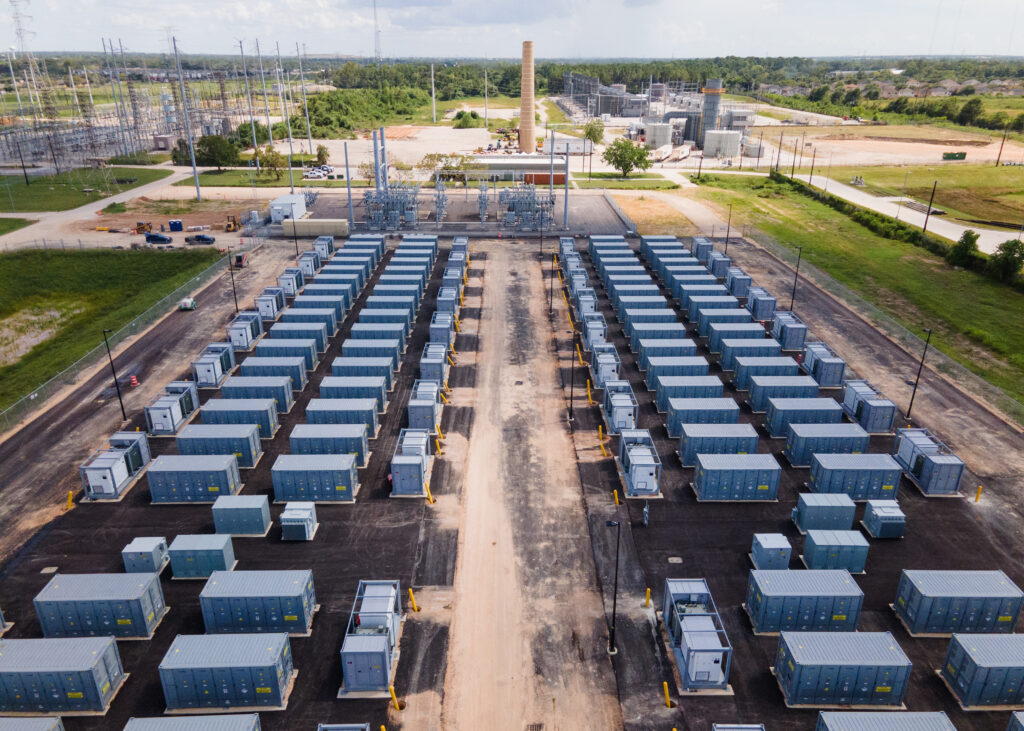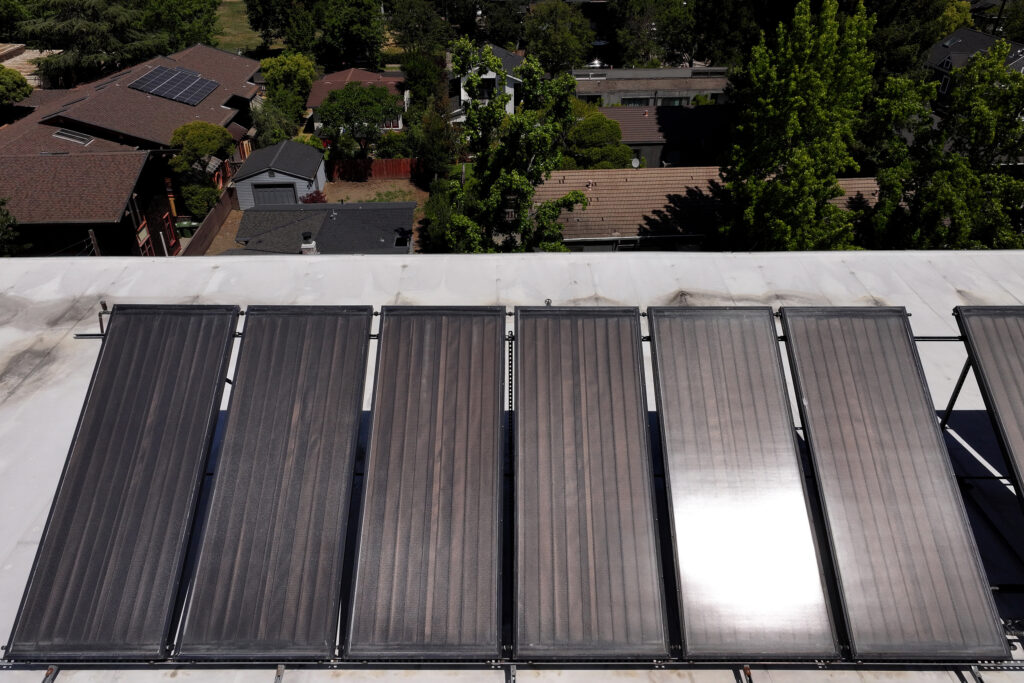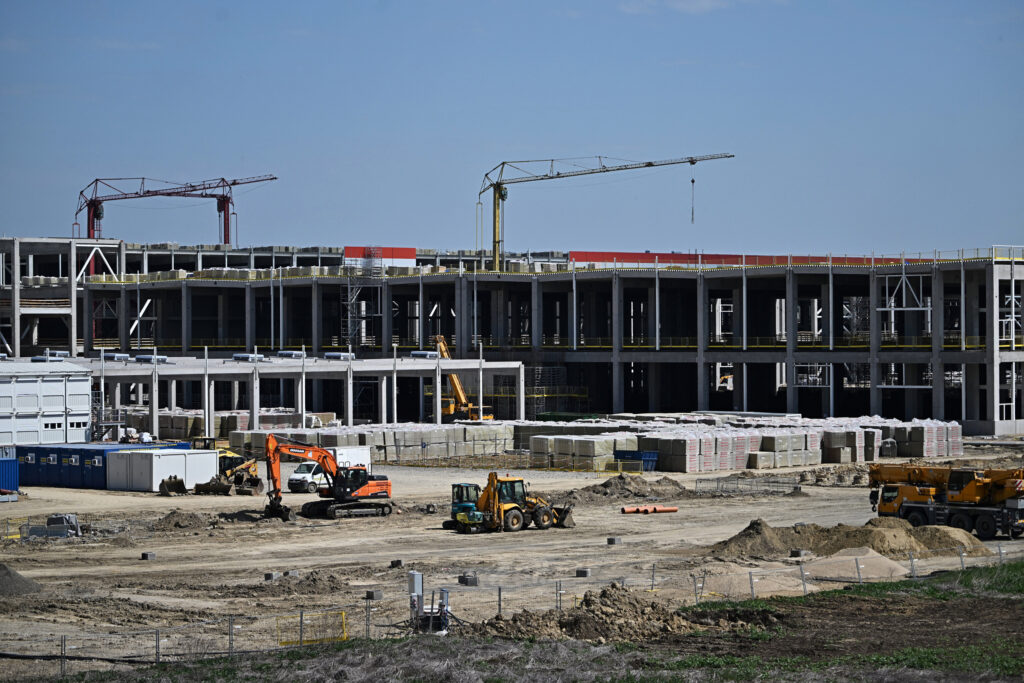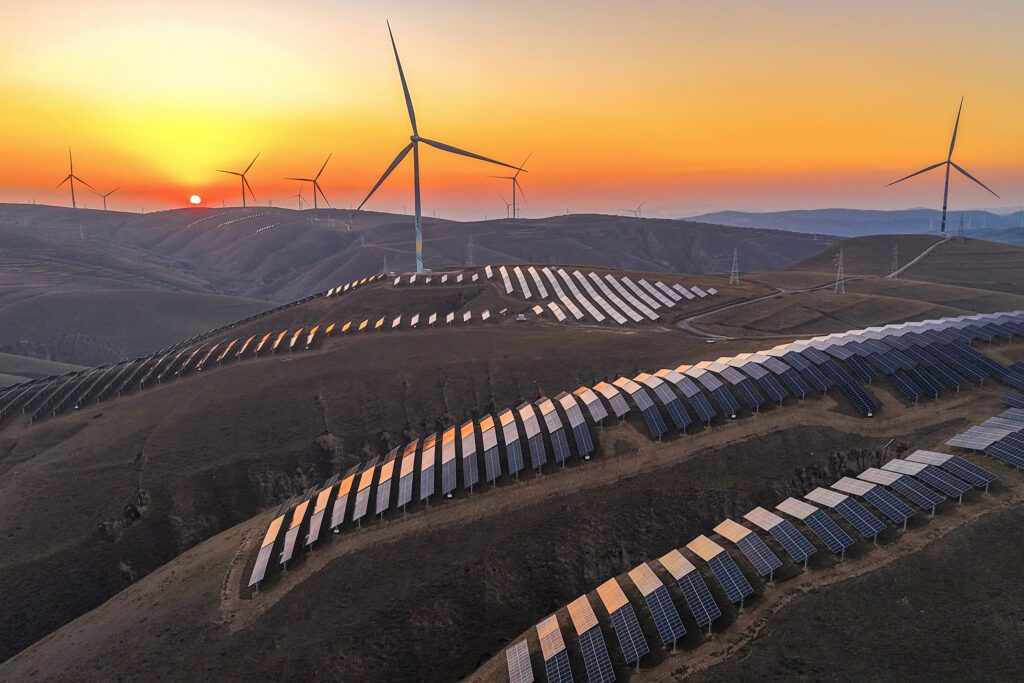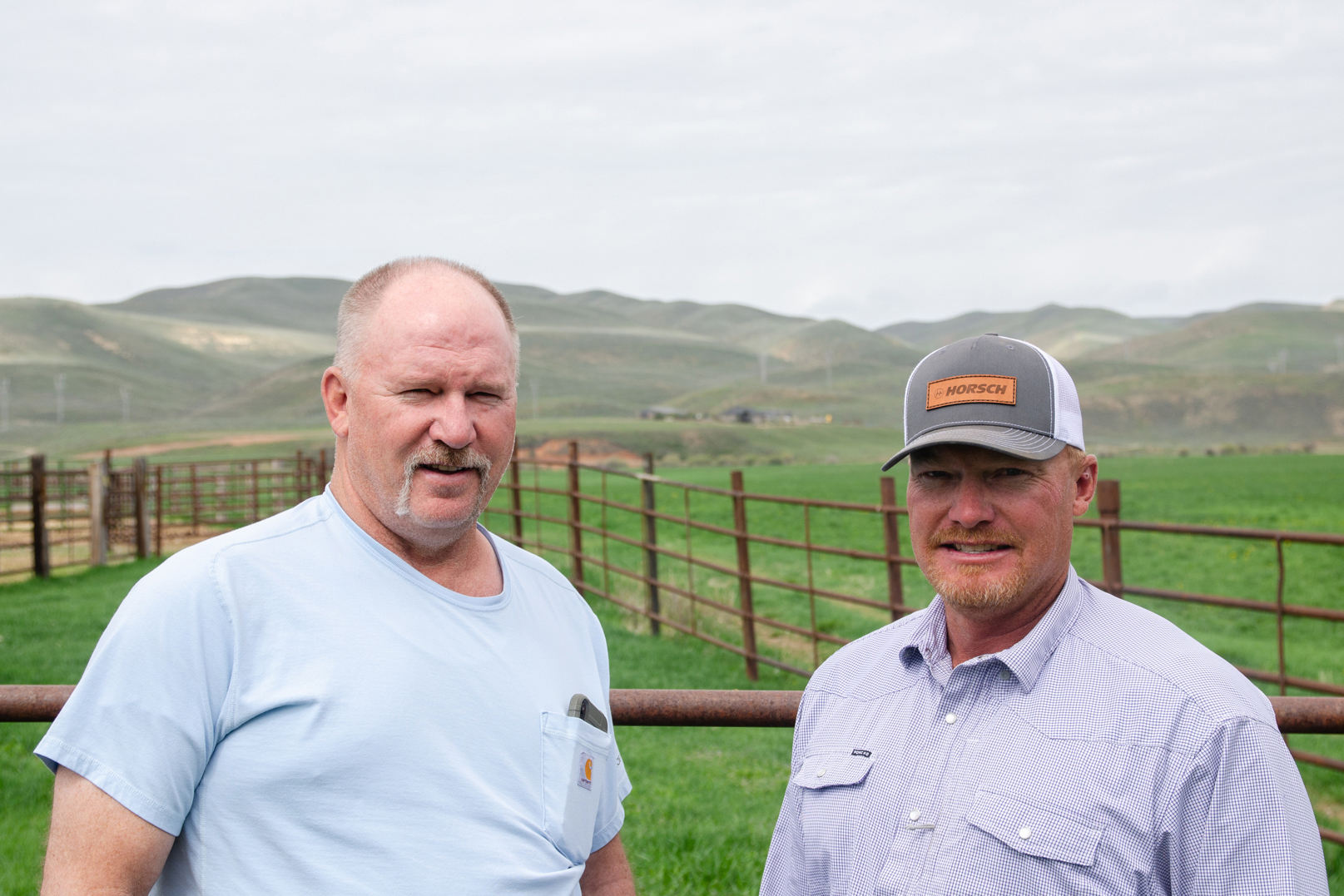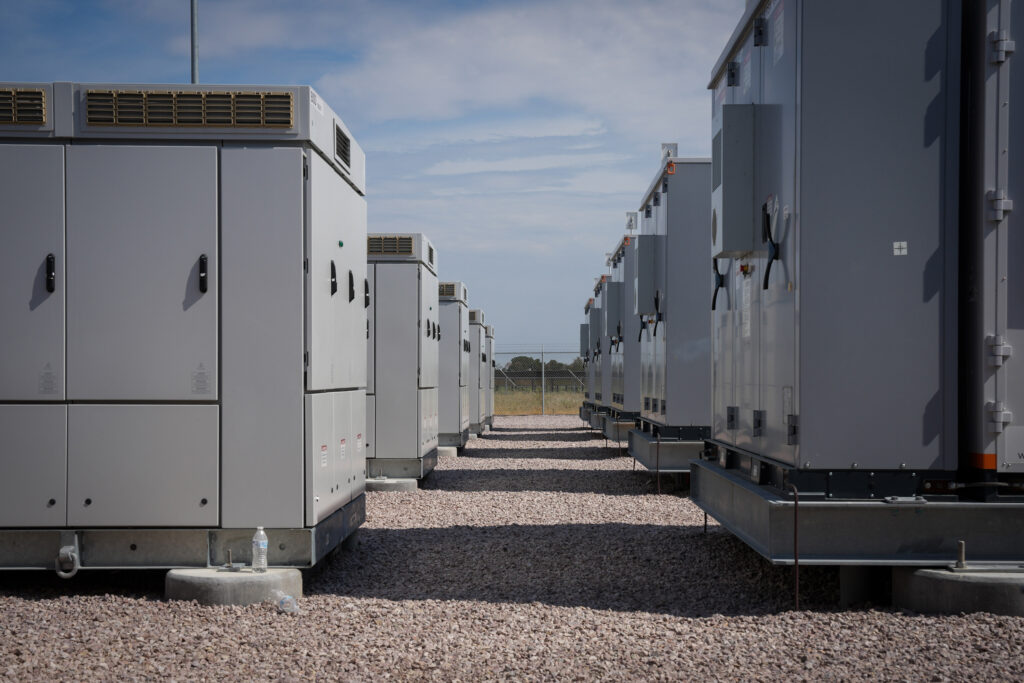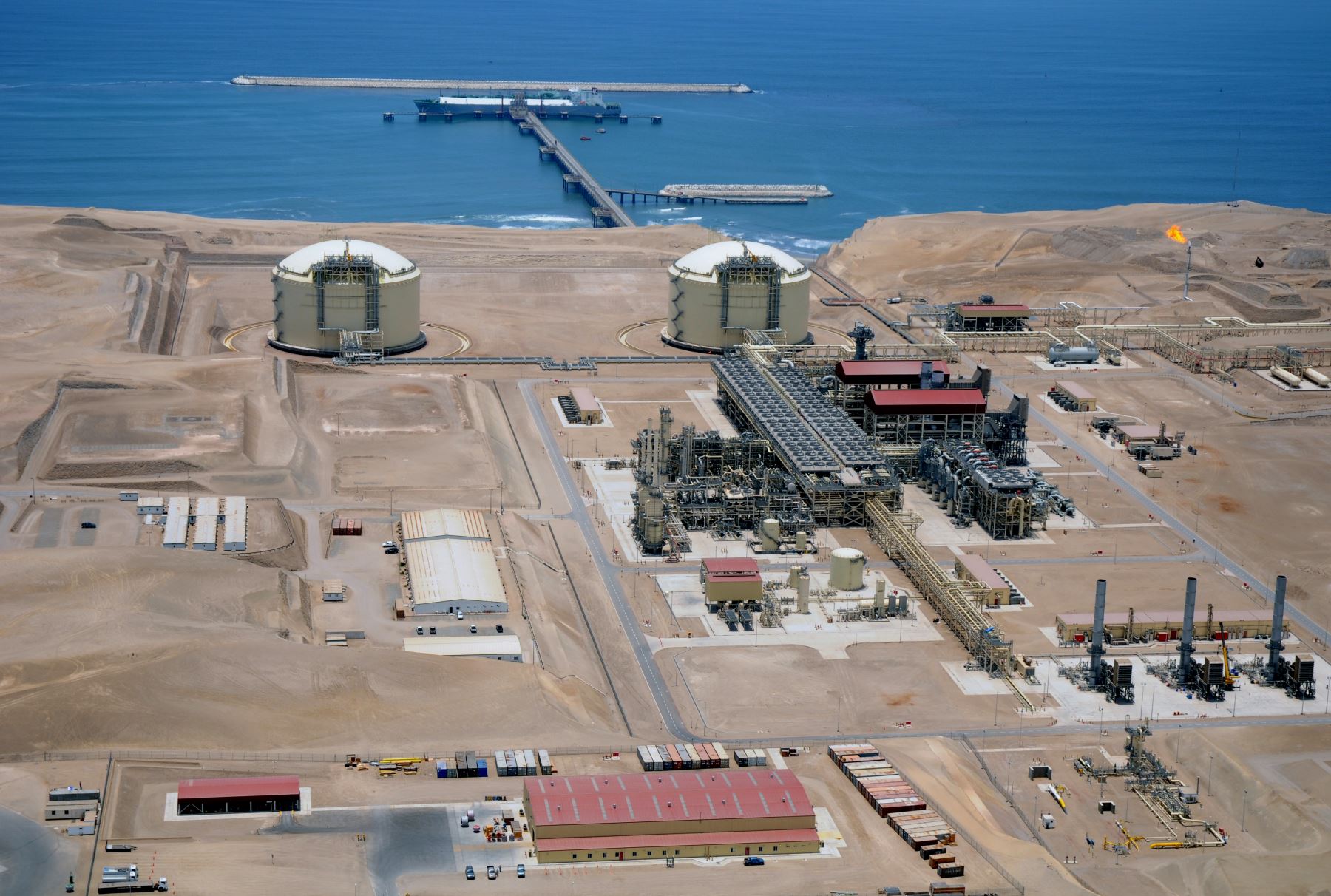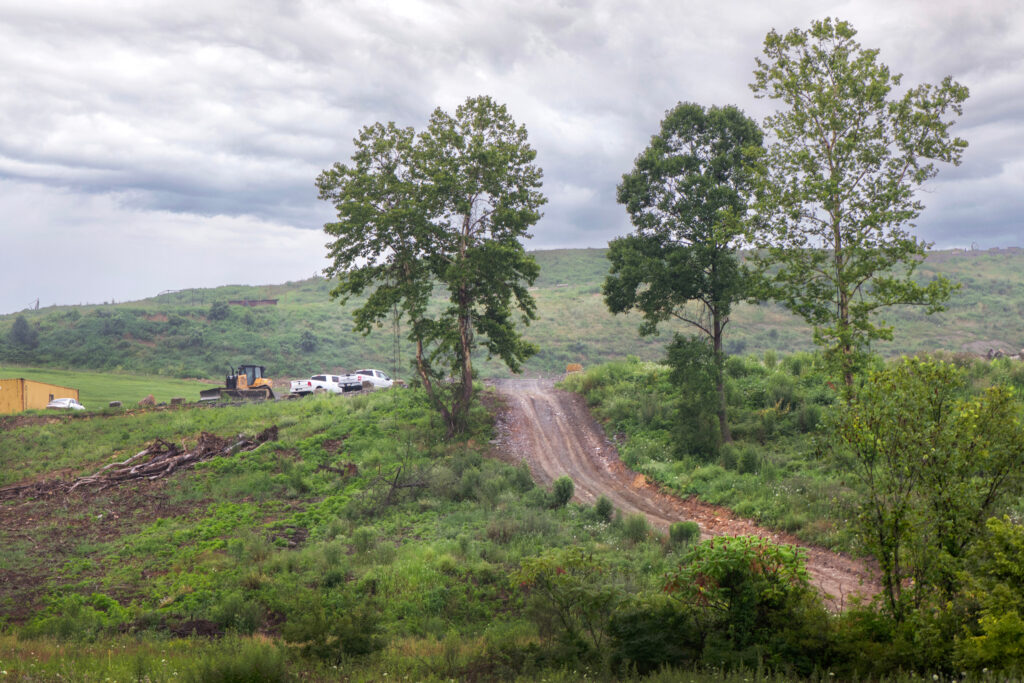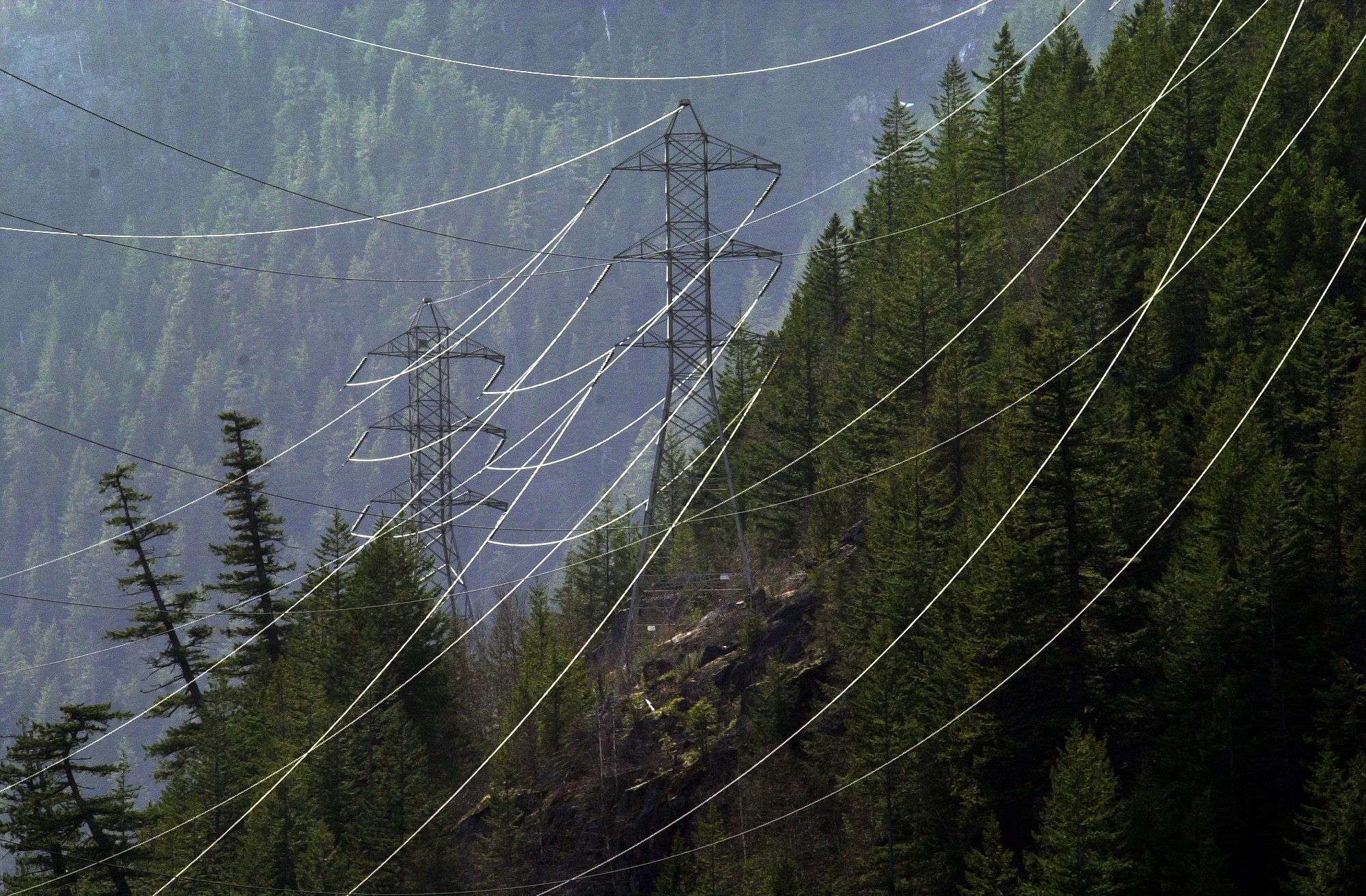A former expanse of timberland in Lambert County, South Carolina, will soon host the state’s largest utility-scale solar project. By the end of 2025, solar developer Silicon Ranch will bring a 200 megawatt solar farm online and add another 50 megawatts the following year.
South Carolina’s sunny skies and swaths of open land make it an ideal location for generating energy from the sun, yet it has little solar compared to its neighbors. The state ranks 19th for total installed solar capacity in the country, while North Carolina ranks fourth, Georgia ranks seventh and Virginia comes in ninth.
But as South Carolina anticipates a massive increase in energy demand in the coming years, some utilities are turning to solar as a way to build out energy quickly and cheaply. Solar is “the nearest term, lowest cost solution to get new electrons into the grid,” said Reagan Farr, co-founder and CEO at Silicon Ranch.
“South Carolina has always been on our radar screen as a good potential market for renewables, but it hasn’t had a lot of solar penetration,” Farr said. The company contracted the project in 2020 with Santee Cooper and Central Electric Power Cooperative—two utilities that will purchase the new solar power generated and incorporate it into their electric grids.
We’re hiring!
Please take a look at the new openings in our newsroom.
See jobs
Silicon Ranch’s sites cover a total of 3,200 acres of land that was previously used to grow and harvest pine trees. Farr said they plan to use parts of that land for other purposes, like wildlife habitat and regenerative land management. The company is sourcing most of their panels from within the U.S.—90 percent will come from First Solar’s manufacturing facility in Perrysburg, Ohio.
Farr is confident that this new project will help make it easier for future solar development in the state. The first 200 megawatts coming online in 2025 took several years to get approved. It was “a very heavy lift to get through the permitting process,” he said. “But because of the collaboration with the community, the third project was a very streamlined effort,” cruising through the local and state approval process in just six months.
Energy demand is set to spike in South Carolina over the next decade, largely due to data centers coming to the state, which require enormous amounts of energy. “That’s really been an impetus for the utilities there to start looking at how they can procure renewable solar power,” Farr said.
There are already 17 data centers in the state and seven more are set to be built in the next five to 10 years, according to the Southern Environmental Law Center.
“This is the first new phase of load growth,” in South Carolina since the early 2000s, said Kate Lee Mixson, a senior attorney at the SELC.
Many of the incoming data centers have made commitments to use renewable energy, but right now, the state doesn’t have enough renewables to meet those goals, Mixson said.
While data centers are a motivating factor to build out renewables, fossil fuels are ramping up in the state at the same time. Major utilities are walking back their promises to retire coal plants, saying they’ll need them to meet the growing energy demand. Santee Cooper had initially planned to shutter one of its oldest coal plants, Winyah, by 2028. Now, the utility is planning to keep it running into the early 2030s.

A bill on the docket in South Carolina this legislative session threatens to make it more difficult to build renewables, like solar, while greenlighting coal and natural gas, Mixson cautioned. House bill 3309 would authorize Santee Cooper and Dominion Energy to work together to build a large gas plant at a former coal plant site—an operation that would take six to seven years to construct, Mixson estimates.
The new legislation, if approved, would also make it harder for solar plants to move forward, requiring projects as small as 20 megawatts, rather than the current 75 megawatts, to go through a siting review process before gaining approval.
The bill would change the rules around contracts between solar developers and utilities, bringing them down from a minimum of 10 years to a maximum of five. With such short contracts, “it’s going to be a lot more difficult for third party solar developers to justify the risk that they take on by undertaking these projects,” Mixson said.
Silicon Ranch, for its part, plans to continue building solar in the state in the coming years. “Solar is going to be an important part of the energy mix as demand growth continues out across the country, but especially the Southeast,” Farr said. “I think you will see more solar in South Carolina going forward.”
About This Story
Perhaps you noticed: This story, like all the news we publish, is free to read. That’s because Inside Climate News is a 501c3 nonprofit organization. We do not charge a subscription fee, lock our news behind a paywall, or clutter our website with ads. We make our news on climate and the environment freely available to you and anyone who wants it.
That’s not all. We also share our news for free with scores of other media organizations around the country. Many of them can’t afford to do environmental journalism of their own. We’ve built bureaus from coast to coast to report local stories, collaborate with local newsrooms and co-publish articles so that this vital work is shared as widely as possible.
Two of us launched ICN in 2007. Six years later we earned a Pulitzer Prize for National Reporting, and now we run the oldest and largest dedicated climate newsroom in the nation. We tell the story in all its complexity. We hold polluters accountable. We expose environmental injustice. We debunk misinformation. We scrutinize solutions and inspire action.
Donations from readers like you fund every aspect of what we do. If you don’t already, will you support our ongoing work, our reporting on the biggest crisis facing our planet, and help us reach even more readers in more places?
Please take a moment to make a tax-deductible donation. Every one of them makes a difference.
Thank you,




